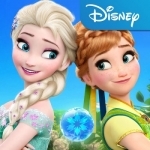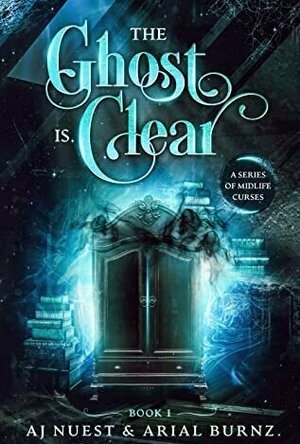
The Way of Kings: Book One of the Stormlight Archive
Book
From #1 New York Times bestselling author Brandon Sanderson, The Way of Kings, Book One of the...

Frozen Free Fall
Games and Entertainment
App
Play Disney's #1 puzzle game featuring 1,000+ challenging puzzles! “I thought there was a lot to...

Waking Mars
Games
App
Apple's 2012 iPad Game of the Year Runner-Up! Bring A Sleeping Planet Back To Life Epic adventure,...

Fatherland by Kele Okereke
Album Watch
On his third solo effort, Bloc Party frontman Kele Okereke made a sharp turn away from the...
rock pop

The Ghost is Clear (A Series of Midlife Curses #1)
Arial Burnz and AJ Nuest
Book
A Midlife Crisis…or Curse…or BOTH? Life after forty is fun, they said. You can be whoever you...
Paranormal Women's Fiction

The Million Masks of God by Manchester Orchestra
Album
Manchester Orchestra’s sixth album The Million Masks of God, showcases the strength and...

Roll the Ball® - slide puzzle
Games and Entertainment
App
Here comes new BRAIN TEASERS from the maker of Block!, Pipe Lines : Hexa & Words Crush: Hidden...

Total War Battles: KINGDOM
Games
App
Shape the land, build sprawling towns and recruit and train a powerful army. Conquer new...

Kingdom Rush Frontiers
Games and Entertainment
App
The world's most devilishly addictive defense game is back - welcome to Kingdom Rush: Frontiers! ...
